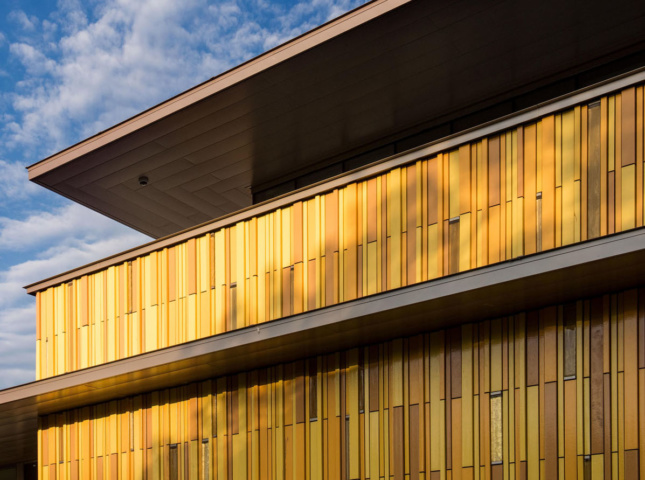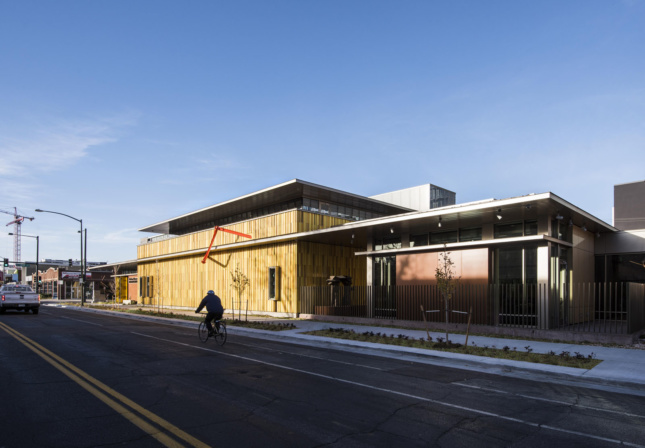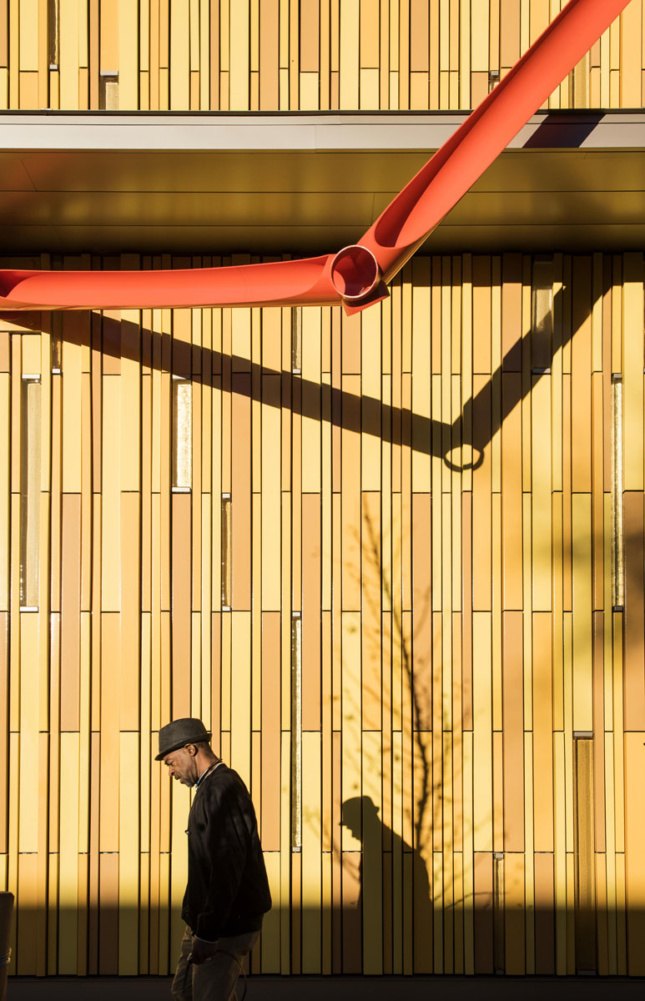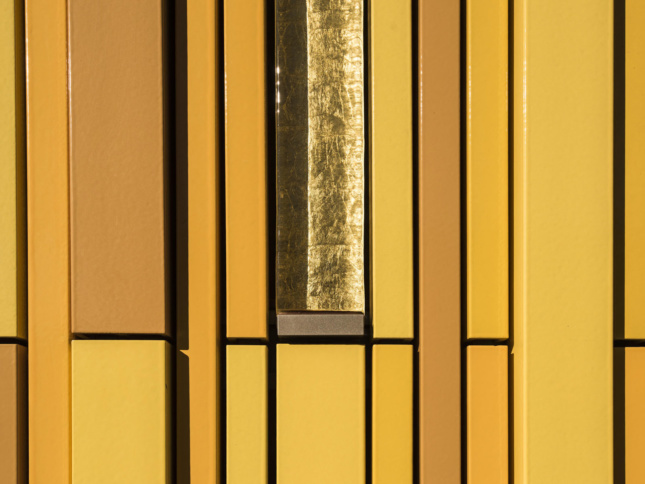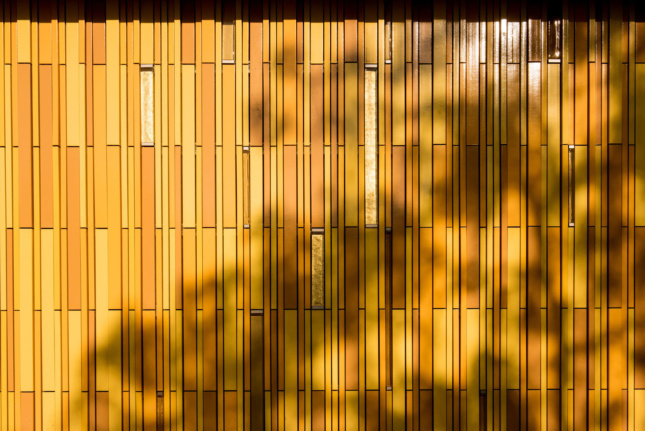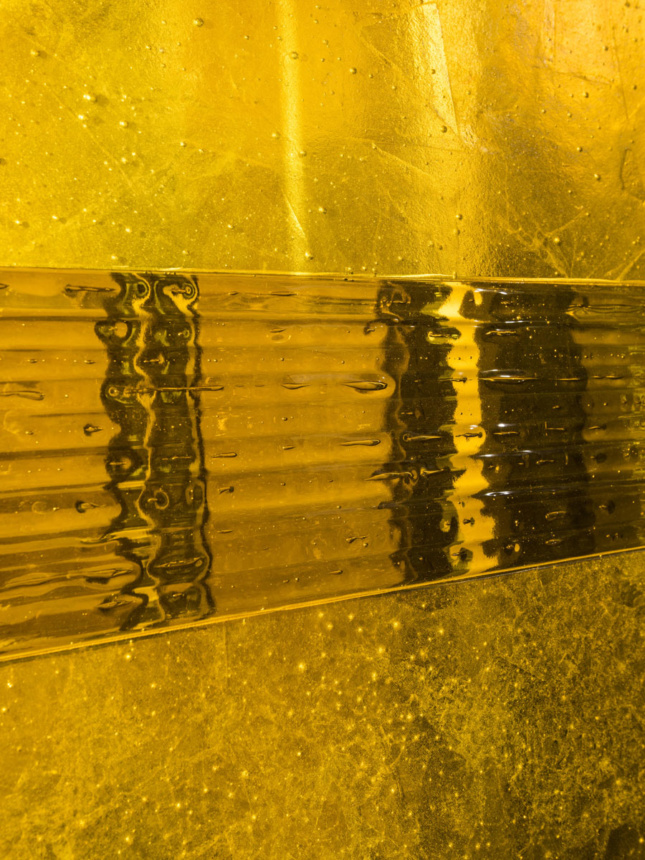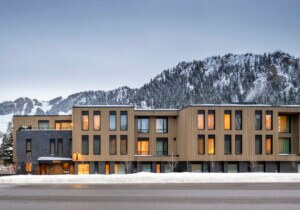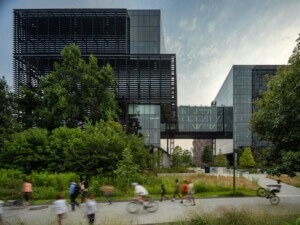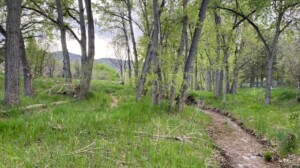Brought to you with support from
>->
“How does a little building for decorative arts hold its own next to big icons?” asked Jim Olson, Partner at Olson Kundig. This was the challenge that the Seattle-based architects were tasked with when they took on a project to design a new space for Denver’s Kirkland Museum of Fine & Decorative Art. The project site sits in the shadows of two major civic projects from Daniel Libeskind and Michael Graves: the Denver Art Museum, and Denver Central Library respectively.
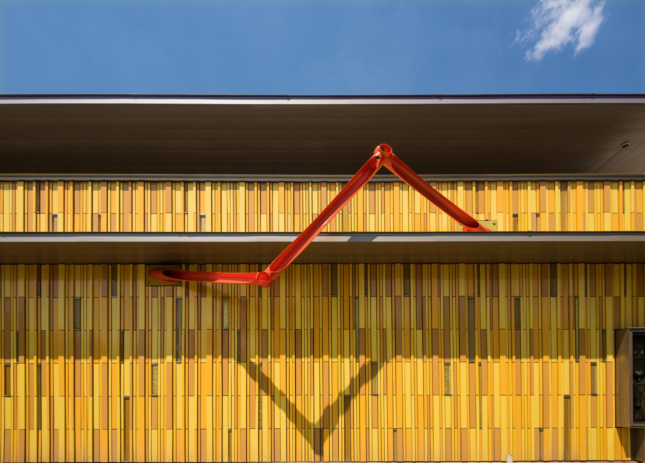
- Facade
Manufacturer
NBK USA Architectural Terracotta; John Lewis Glass; Swisspearl - Architects
Olson Kundig - Facade
Installer
Shaw Construction - Facade
Consultants
KL&A Structural Engineers and Builders (structural engineer) - Location
Denver, CO - Date of Completion
2018 - System
Terracotta rainscreen - Products
TERRART® baguettes and rainscreen system by NBK USA Architectural Terracotta; Swisspearl “Carat HR Topaz 7070” large size panels
Olson said that when starting the project, he had been experimenting with wood detailing in his personal cabin and looking at various combinations of glossy and matte finishes. This spirit of experimentation rubbed off on the Kirkland Museum, which brings together a variety of glazed terracotta baguettes and decorative glass backed with gold leaf. “While the layout and elevations of the building are calm and simple, the materials cladding the exterior are full of energy,” wrote Olson in a letter to the museum explaining the vision. “At the entry, hand-crafted amber glass fins will further enliven the facade. My hope is that the building itself will be considered a ‘piece’ in the collection.”
The project started with a desire to create a controlled gallery-style lighting environment and a protective space for the art objects housed within the museum, with the building envelope assuming an opaque character. The architects pulled from a range of yellow and gold hues inspired by the environmental conditions of Denver, which receives three hundred days of sunshine per year, and “energizing” color palettes pulled from Vance Kirkland paintings.

The facade is a relatively conventional rainscreen system composed of wall connections, girts, and clips from NBK Terracotta. The system was customized by the architects and collaborator John Lewis Glass, who developed custom decorative glass inserts. Introducing custom material into NBK’s rainscreen assembly was a collaborative process, requiring coordination between suppliers, manufacturers, installers, and contractors.
The facade’s composition achieves a randomized effect through the deft manipulation of patterns. Two approximately four-foot-wide modules were first developed to achieve a seemingly random order. These units were distributed across the facade and overlaid with two additional patterning effects that were applied in a mirrored fashion. Ultimately this produced a variable arrangement across baguette widths, depths, heights, and colors to produce a dynamic texture.
Bryan Berkas, an architect at Olson Kundig, said the compositional system provided a useful way to document and communicate the facade components for the shop drawing process, and for overall quality control. “We could look at the four foot, nine inch module closely to make sure we were getting an even distribution of color, [and] a range of joint lines to ensure there wasn’t too much alignment.”
The facade is capped by large roof overhangs, producing deep soffits. The soffits, almost always in shadow, are clad in deep bronze anodized metal panels that allow the roof to visually recede from the vibrant facade. The cladding is arranged in a unique herringbone pattern at the corners, developed by the metal panel manufacturer and installer through a series of mockups.

A key feature in the project is a sculpture by artist Bob Vangold acquired by the museum during construction. The architects scanned the artwork and positioned the object onto the facade, bridging a continuous horizontal roof edge. The piece is anchored to the facade with base plates. Water collection and durability were carefully evaluated by the owner, structural engineer, and architect.
“Terracotta hasn’t necessarily been on the radar in our office, so learning about new facade materials has been a great outcome of this project. It’s a very intriguing material,” said Crystal Coleman, Associate at Olson Kundig. “For us, it’s a very vibrant and durable material.”






